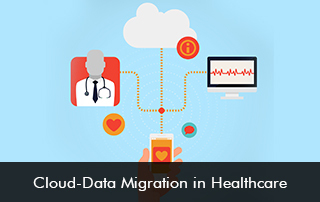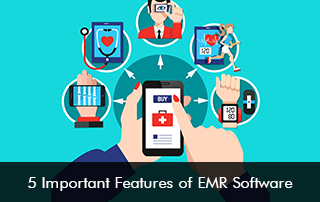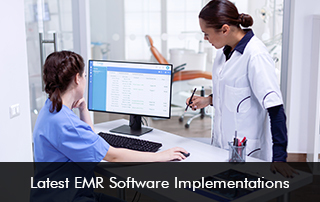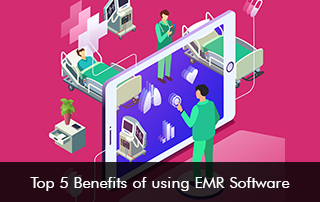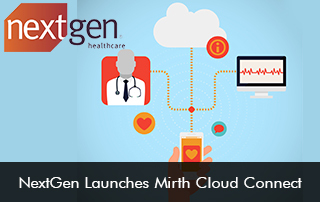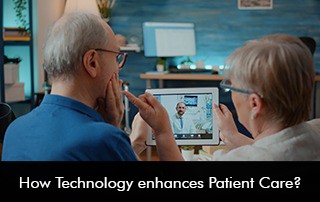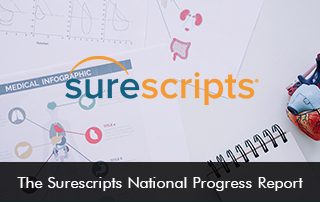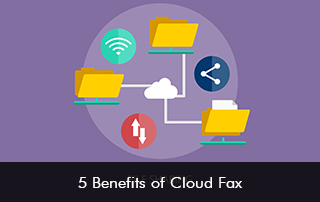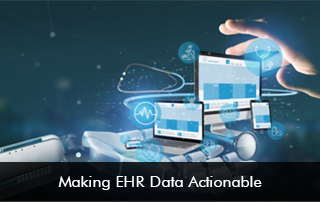The use of AI in Healthcare
Artificial intelligence (AI) is making waves in the healthcare industry, but physicians are often skeptical of the technology and dislike machines telling them what to do. Patients today want greater patient engagement and care delivery processes, prompting providers to proactively reconsider AI. The use of artificial intelligence (AI) can improve treatment outcomes and keep patients [...]



